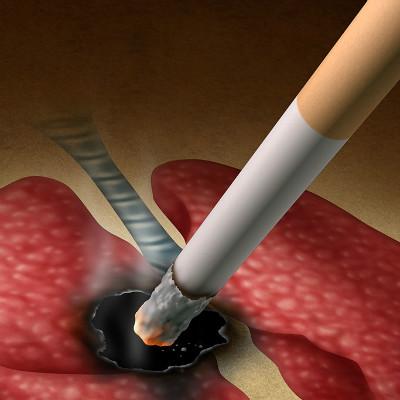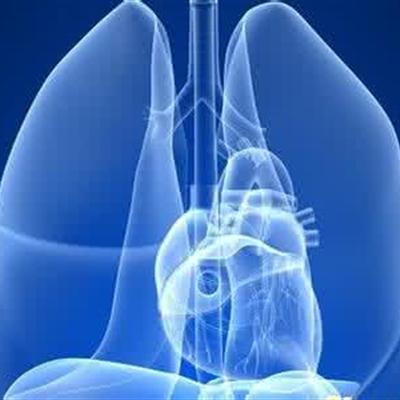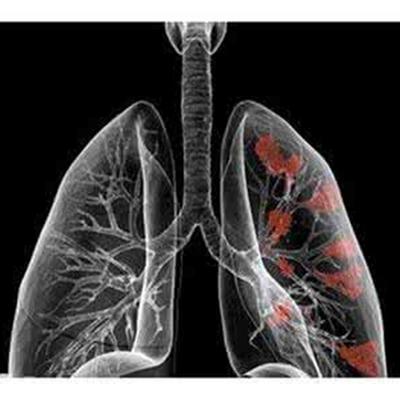Symptoms of pulmonary hamartoma
summary
Because of the insidious nature of many diseases and the indistinct manifestation of symptoms, it is difficult for us to detect them in our daily life. Only through comprehensive and systematic examination can we be found. Therefore, it is very important to remind everyone to have regular physical examination, which can nip the disease in the bud. Let's share the symptoms of pulmonary hamartoma.
Symptoms of pulmonary hamartoma
First, the term hamartoma was first proposed by Albrecht in 1904. Most scholars have always believed that hamartoma is not a true tumor, but a wrong combination and arrangement of normal tissues in organs. This kind of disordered changes in the number, structure or maturity of organs and tissues will grow slowly with the development of human body, with few malignant changes. Most of hamartomas are tumor like malformations formed by abnormal development of normal tissues, and a few are mesenchymal tumors. Fat and calcification are the characteristics of most hamartomas. Explosive rice pattern calcification is common in pulmonary hamartomas, nodular sclerosis is common in 20% of renal hamartomas, cystic solid masses are common in hepatic hamartomas, multiple irregular cysts are common in intrahepatic biliary hamartomas, and bone density and mixed calcification are common in chest wall hamartomas. Hypothalamic hamartoma presented with giggling epilepsy and precocious puberty.

Second: pulmonary hamartomas are generally single, and multiple hamartomas are extremely rare, which have not been reported in China. Most of the single hamartomas are intraparenchymal type, and intrabronchial type is extremely rare. There are more in the right lung than in the left lung, more in the lower lobe than in the upper lobe, and some of them occur in the right middle lobe and left upper lobe tongue. Most hamartomas grow in the peripheral part of the lung, close to the visceral pleura of the lung, and sometimes protrude on the surface of the lung. Therefore, there are generally no clinical symptoms and no positive signs on physical examination.

Third, most hamartomas are asymptomatic. Most of the main causes of symptoms are related to the growth site, size, number, growth speed and the relationship with surrounding organs of renal hamartoma.

matters needing attention
Thus, the initial symptoms of hamartoma is not obvious, so regular physical examination is very important.











